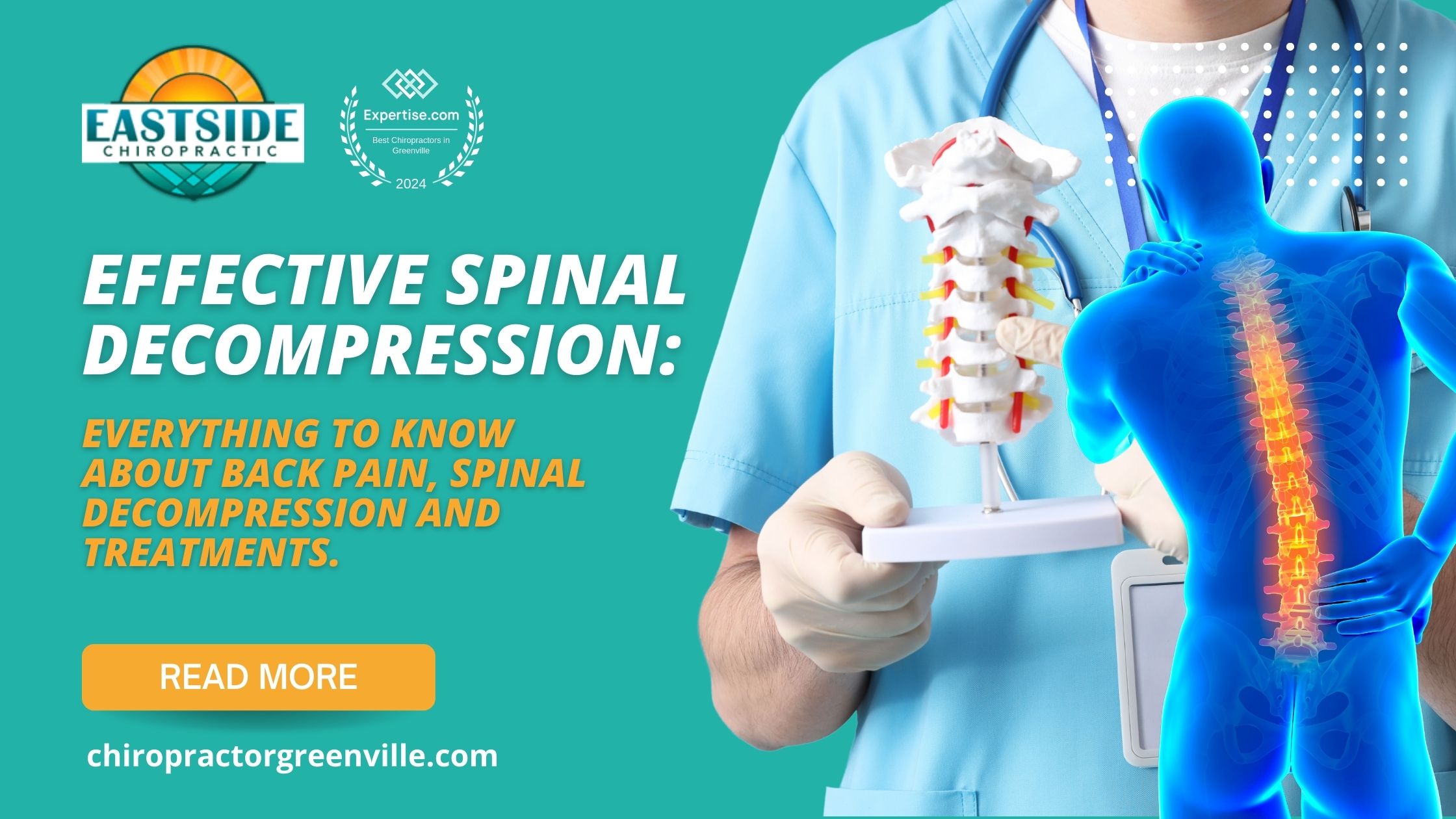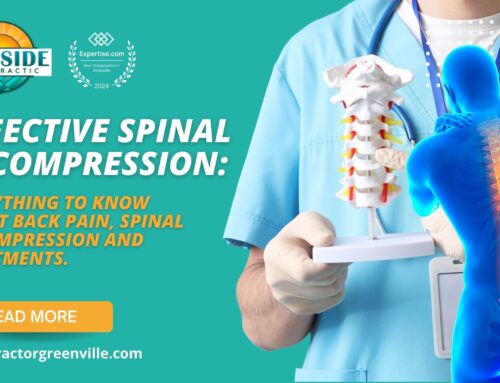Introduction
Have you ever considered spinal decompression to help alleviate those chronic back pains? Before you jump into it headfirst, it’s essential to know about the potential side effects and risks associated with the treatment. Knowledge is truly empowering, and being well-informed can help you make smarter healthcare decisions. Let’s dive into the nitty-gritty of spinal decompression, its benefits, common side effects, and serious risks.
What is Spinal Decompression?
Overview
Spinal decompression is a therapeutic technique aimed at relieving pressure on the spinal discs, those gel-like cushions between the bones in your spine. By reducing this pressure, spinal decompression can significantly alleviate pain and discomfort caused by conditions like herniated discs, degenerative disc disease, and sciatica.
Types of Spinal Decompression
Surgical Spinal Decompression
Surgical spinal decompression includes procedures like laminectomy, discectomy, and spinal fusion. This type of decompression is generally reserved for severe cases where non-surgical methods have failed to provide relief.
Non-Surgical Spinal Decompression
Non-surgical spinal decompression involves using a traction table or other motorized devices to stretch the spine gently. This technique aims to create a negative pressure within the disc, promoting retraction or repositioning of the herniated or bulging disc material.
Benefits of Spinal Decompression
Pain Relief
One of the primary benefits of spinal decompression is significant pain relief. By reducing the pressure on the spinal discs, patients often experience a noticeable decrease in back, neck, or leg pain.
Improved Mobility
As pain diminishes, your ability to move freely usually improves. Better mobility can lead to a more active lifestyle, which further aids in the healing process.
Enhanced Quality of Life
When you’re not in constant pain, your overall quality of life improves. This means better sleep, increased physical activity, and an overall boost in mental well-being.
Common Side Effects of Spinal Decompression
Temporary Discomfort or Pain
It’s not uncommon to experience some discomfort or pain after a spinal decompression session. These usual spinal decompression side effects are often temporary and can be managed with over-the-counter pain relief or by following your healthcare provider’s guidelines closely.
Muscle Spasms
Muscle spasms may occur as your body adjusts to the new alignment and pressure changes in your spine. These spasms usually resolve on their own but can sometimes be quite uncomfortable.
Numbness or Tingling
You might feel numbness or tingling in your back or extremities. This sensation is generally temporary but can occasionally be a sign of nerve irritation.
Serious Risks Associated with Spinal Decompression
Nerve Damage
One of the more severe risks of spinal decompression is nerve damage. This can lead to increased pain, numbness, or even paralysis if not addressed promptly.
Infection
Although rare, infections can occur, especially after surgical spinal decompression. This risk can be minimized by choosing a skilled healthcare provider and following all post-procedure care guidelines meticulously.
Blood Clots
Blood clots can be a serious risk, particularly after surgical procedures. Symptoms may include swelling, pain, or redness in the leg, and immediate medical attention is required if these occur.
Recurrence of Symptoms
There is always a risk that symptoms will return months or even years after undergoing spinal decompression. This underscores the importance of ongoing care and lifestyle adjustments.
Risk Factors for Severe Side Effects
Age
Age is a significant factor when considering spinal decompression. Older patients may have more fragile bones and a decreased ability to heal, which can increase the risk of complications.
Pre-existing Medical Conditions
Conditions like diabetes, osteoporosis, and other chronic illnesses can elevate the risk of complications during and after the procedure.
Severity of Spine Issue
The more severe the spinal issue, the higher the likelihood of encountering complications. Complex cases often require more intrusive measures, which naturally come with higher risks.
Comparison Between Surgical and Non-Surgical Spinal Decompression
Procedure Differences
Surgical procedures are invasive and involve making incisions and physically altering the structure of the spine. Non-surgical methods use mechanical traction to relieve pressure and are much less invasive.
Risk Variation
Surgical methods carry higher risks of complications like infections and nerve damage. In contrast, non-surgical methods generally have fewer and less severe risks, though they’re not entirely without their own set of potential issues.
Efficacy Rates
Both methods have their own efficacy rates, but surgical decompression often shows more immediate and pronounced results, especially in severe cases. Non-surgical methods may require multiple sessions to achieve the same level of relief.
Post-Treatment Care and Its Importance
Follow-up Appointments
Regular follow-up appointments are crucial for monitoring your recovery and catching any issues early on.
Physical Therapy
Physical therapy can significantly improve your recovery by strengthening the muscles around your spine, enhancing your mobility, and reducing pain.
Lifestyle Adjustments
Maintaining a healthy lifestyle is crucial. This includes regular exercise, a balanced diet, and avoiding activities that put undue stress on your spine.
Patient Experiences and Testimonials
Positive Reports
Many patients report significant pain relief and improved quality of life. Comments often include praises about the minimal downtime and the quality of care received.
Negative Reports
On the flip side, some patients do experience complications or feel that the treatment did not meet their expectations. These testimonials serve as important reminders to weigh the pros and cons carefully.
How to Minimize Risks and Side Effects
Choosing a Qualified Professional
Always opt for a healthcare professional with proven expertise in spinal decompression. Do thorough research, read reviews, and consider seeking a second opinion if necessary.
Discussing Health History
Be open and honest about your medical history. This allows your healthcare provider to make informed decisions and tailor the treatment to minimize risks.
Adhering to Post-Treatment Guidelines
Follow all post-treatment instructions to the letter. These guidelines are designed to minimize risks and promote optimal recovery.
Why Choose Eastside Chiropractic PA for Spinal Decompression?
Expertise
At Eastside Chiropractic PA, you’re in the hands of experts who specialize in spinal decompression and related therapies.
Patient-Centered Care
From your initial consultation to follow-up care, Eastside Chiropractic PA offers personalized care tailored to meet your unique needs.
Advanced Treatment Options
Utilizing the latest technology and methodologies, Eastside Chiropractic PA ensures you receive the highest quality care in a comfortable and supportive environment.
Conclusion
Spinal decompression can offer significant relief from chronic pain and improve your overall quality of life. But like any medical treatment, it comes with its own set of risks and side effects. By understanding these and working closely with qualified professionals, you can make an informed decision that best suits your individual health needs. Eastside Chiropractic PA in Taylors, SC, stands ready to guide you through this journey with expertise and compassionate care.
FAQs
What is the success rate of spinal decompression therapy?
The success rate can vary based on the individual and the severity of their condition, but many patients experience significant relief after a series of treatments.
How long does it take to recover from spinal decompression?
Recovery time can vary. For non-surgical decompression, many patients resume normal activities within a few days. Surgical decompression may require a recovery period of several weeks to months.
Can spinal decompression make my condition worse?
While rare, it is possible for the condition to worsen. This is why it’s crucial to choose a qualified provider and follow all pre- and post-treatment guidelines.
Is spinal decompression therapy covered by insurance?
Insurance coverage varies, so it’s important to check with your insurance provider to see if spinal decompression is included in your plan.
How many sessions of spinal decompression will I need?
The number of sessions can vary depending on the individual and the severity of their condition. A typical treatment plan might include 12-20 sessions over several weeks.


